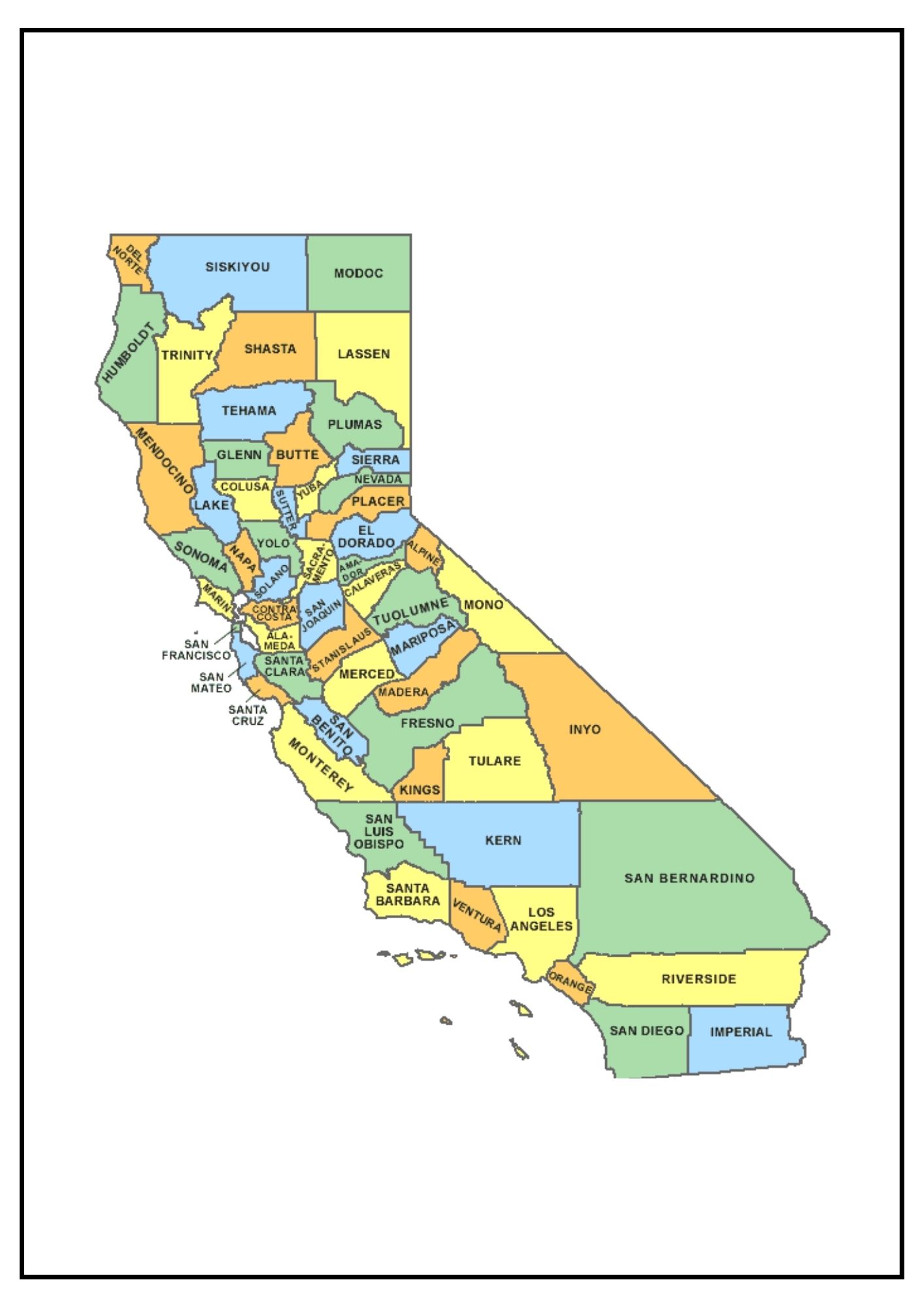California County Count: Smallest, Largest, and All 58 Listed
California County Count: Smallest, Largest, and All 58 Listed
Blog Article

Curious to know what the exact county count in California is? You’re certainly not the only one. Whether it’s for school projects, travel plans, or simple trivia, the answer—58—comes up again and again, yetthose two digitsis just the first layer of a deeper tale.
The Golden State’s 58 counties create an incredibly diverse mosaic: fog-kissed seaside towns, pine-covered mountain regions, fertile Central Valley breadbaskets, and thriving tech metropolises. None of these counties lacks a unique backstory, forged through gold-rush dreams, cutting-edge innovation, and ever-changing demographics.
In the sections ahead, we’ll unpackthe timeline that locked the total at 58, what each county actually does for its residents, and the record-holders—from the tiniest to the most populous. By the end, you’ll know the facts—and sound like a local expert with confidence.
County-Making in Early California
Upon admission to the United States, the map was a patchwork of just 27 jurisdictions. A tidal wave of forty-niners and immigrants forced lawmakers to redraw borders. Within twenty years, the count had expanded toward more than fifty counties, and in 1907 the final five were added, setting in stone the canonical figure of 58.
Capitol archives indicate that fresh jurisdictions were born because of three major pressures:
- Sheer distance left settlers days from the nearest courthouse.
- Economic clashes pitting ranchers against merchants triggered secession campaigns.
- Ethnic enclaves wanted self-rule.
In less than seventy years, the political map hardened. Today, every effort to create county #59 stalls, prompting analysts to call the era of county creation decisively over.
Landscape and Climate Diversity Across California Counties
Plot a route from the Smith River watershed to sun-baked Imperial touching Mexico, and you’ll thread through every Köppen zone short of tundra. Ocean-brushed jurisdictions enjoy marine layers and mild winters, while great agricultural belts record triple-digit heat.
- Sierra jurisdictions such as Placer, Nevada, and Alpine store California’s snowpack.
- River-delta territories fight subsidence but export produce worldwide.
- Channel-coast administrators like Santa Barbara manage marine sanctuaries.
This breadth clarifies how water rights, zoning, and ag yields diverge so sharply. Topography dictates everything from wage levels to weekend hobbies.
County Government and Core Services
Within the state’s tiered system, municipalities handle zoning, but counties shoulder crucial baseline services that make communities livable. Cradle-to-grave—marriage licenses, tax rolls, voter registries—all are archived at the county clerk or recorder.
County law-enforcement offices patrol unincorporated land, while county benches hear civil suits. Social-services bureaus coordinate Medi-Cal. Funding debates fill chamber galleries with activists.
Case Study: Tiny Alpine County
Los Angeles County alone employs 100 000+ workers, illustrating how adaptable the system is. One template doesn’t fit all when populations range from under 1 200 to over 10 million.
Ultimately, county halls act as middle managers between Capitol and curbside. Knowing their role empowers voters.
Population, Economy, and Record-Holding Counties
The state shelters over 39 M souls, but the headcount clusters unevenly. LA’s single jurisdiction packs nearly 25 %. At the other extreme, remote Alpine hovers around a thousand residents.
- Top headcount: Los Angeles
- Smallest by residents: County of Alpine
- Widest landmass: San Bernardino County
- Tightest borders: City & County of SF
Fiscal bandwidth mirrors population spread. South Bay enclaves boast per-capita GDP rivaling small nations, while cotton-and-almond hubs battle mechanisation and drought cycles. Such economic polarity fuels housing affordability crises every decade.
Tracking each superlativeis trivia gold: county metrics shape property taxes and commute times.
Touching All Counties in One Journey
Adventure-hungry drivers, setting foot in each CA county is the new bucket-list quest. One ambitious loop kicks off in sunny San Diego, follows Highway 101 past surf towns, jogs east near Monterey, then threads through the Central Valley’s orchard belt, before snaking into the granite spine for historic gold-rush hamlets.
Three-Day County Clusters
- Coastal Kick-off – San Diego to Santa Barbara; ten jurisdictions in a long weekend of days.
- Valley Ribbon – Ventura to Sacramento; produce-market run.
- Lava Beds Detour – evergreen corridors; fire-lookout hikes.
Cap off the circuit in El Centro, having logged 1 400–2 000 miles. At that point, you can brag that you’ve lived the answer to the county-count question—because you’ve seen them all!
FAQ
Curious about California’s 58 counties? The following FAQ has you covered.
What is the total number of counties in CA?
Government documents list fifty-eight counties—a total locked in for over a century. Whether you ask the Secretary of State, the Census Bureau, or a local historian: 58 in all.
Where do the most Californians live?
LA County leads by a wide margin, hosting a population greater than that of many U.S. states. From Hollywood to high tech, a mix of industries continues to fuel steady inflow.
Which CA county has the fewest residents?
Tiny Alpine County sits at the bottom of the population chart, rarely crossing the 1 200-resident mark. Its remote Sierra setting keeps growth modest, creating tight-knit communities.
Largest county by land size?
The land-area giant is San Bernardino County stretching more than 20 000 square miles. Its sheer scale means climate zones shift from alpine snow to Mojave heat within county lines.
Why does California have exactly 58 counties?
Gold-rush politics, rail expansion, and farmland disputes carved today’s boundaries, how many counties in ca with the final adjustments ratified in 1907. Since then, proposals to add a 59th county have surfaced but never cleared the Legislature.
Could a region break away to become its own county today?
Legally, yes—state law allows it, but the hurdles are steep. Financial viability studies plus state-level sign-off deter most would-be county creators. Hence, California has remained at 58 for generations.
What services do California counties provide to residents?
Behind the scenes, counties keep daily life functioning: property assessments, public hospitals, welfare programs, and jails. Without county infrastructure, everything from jury duty to restaurant inspections would grind to a halt.
Report this page